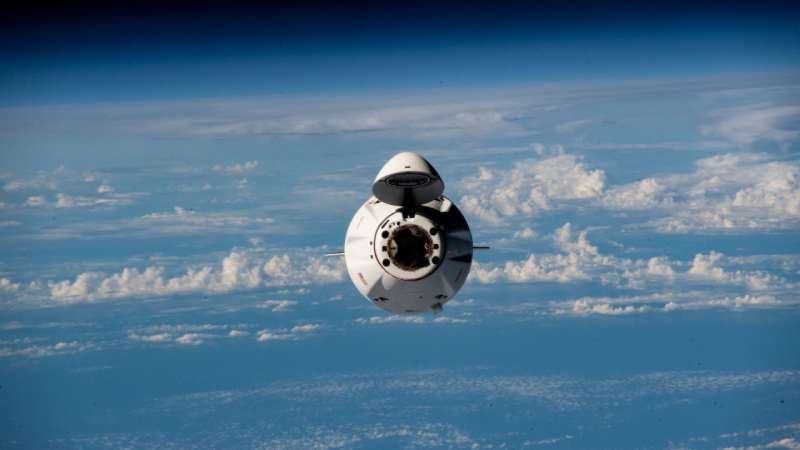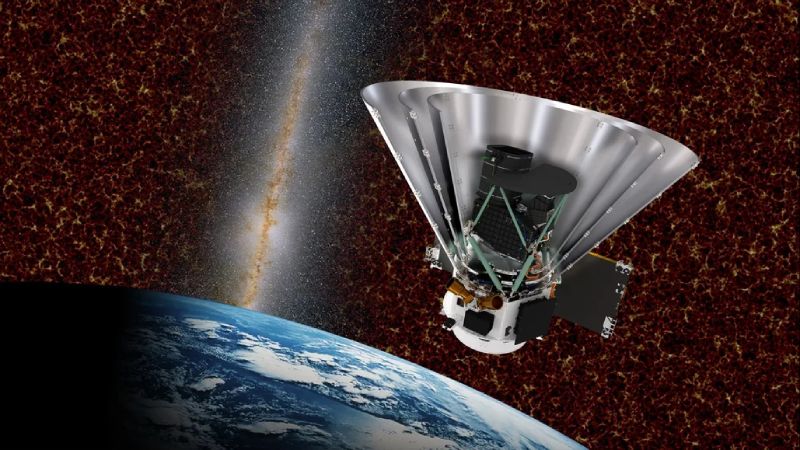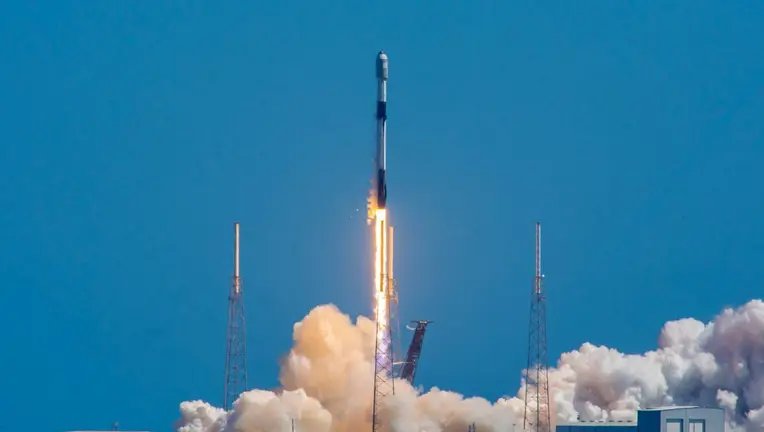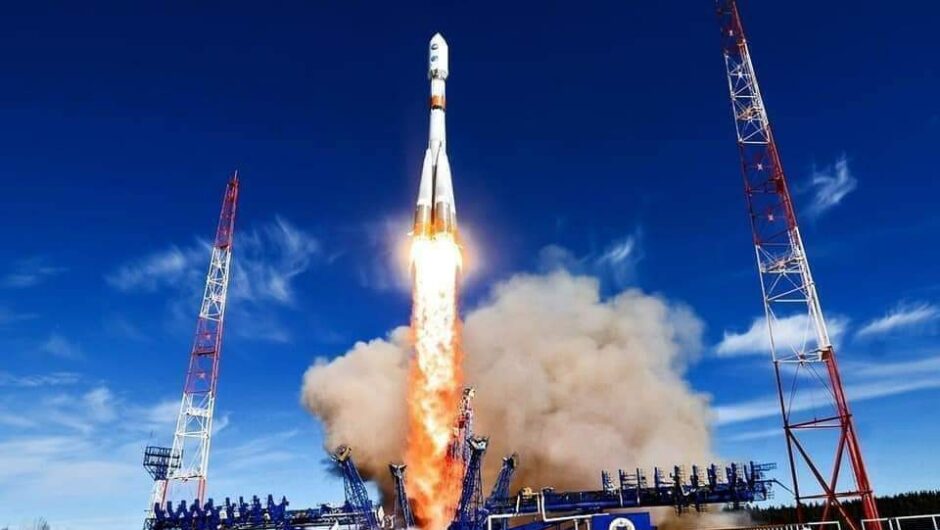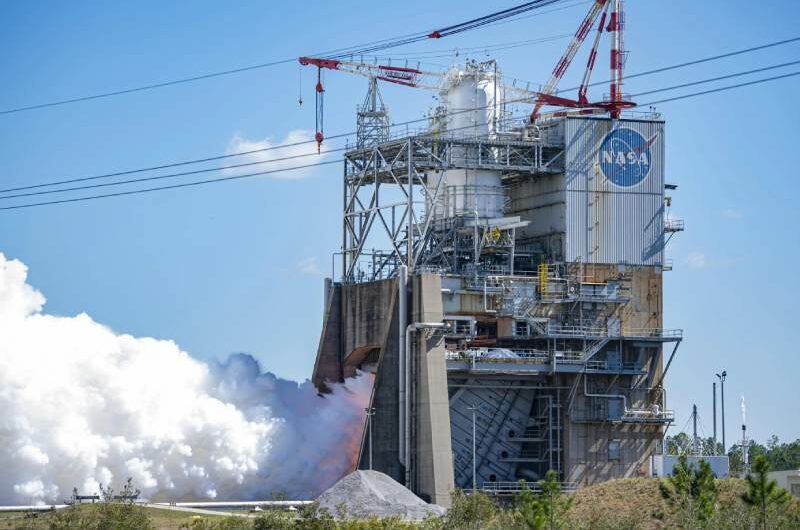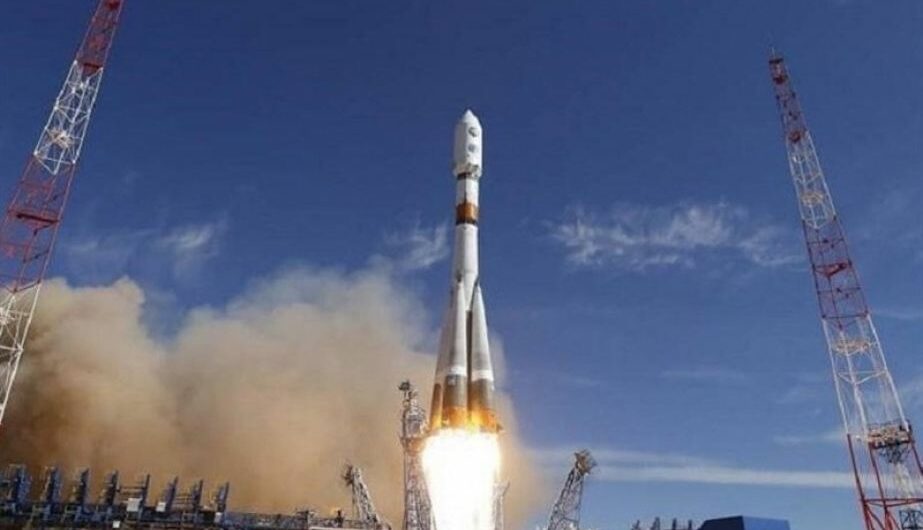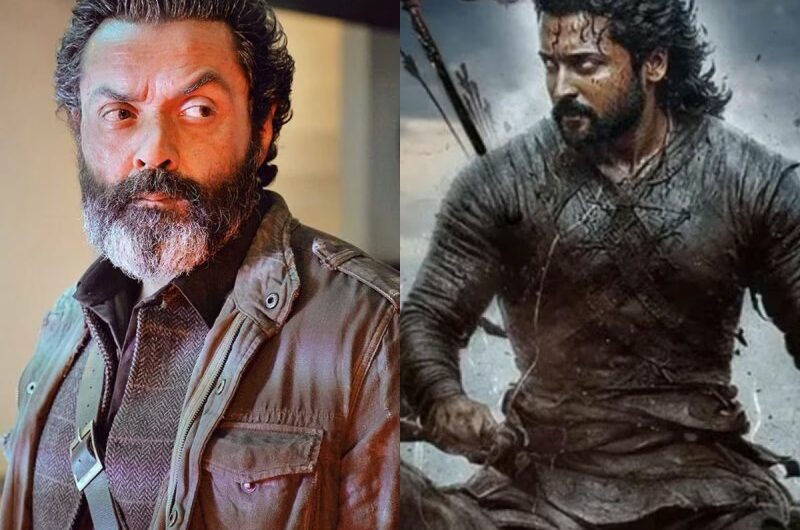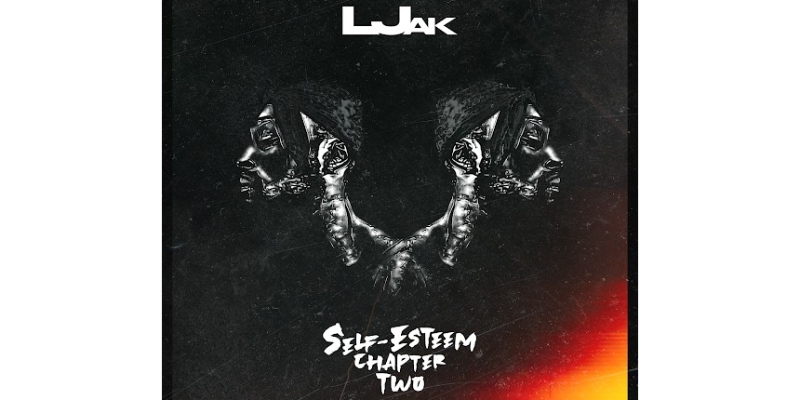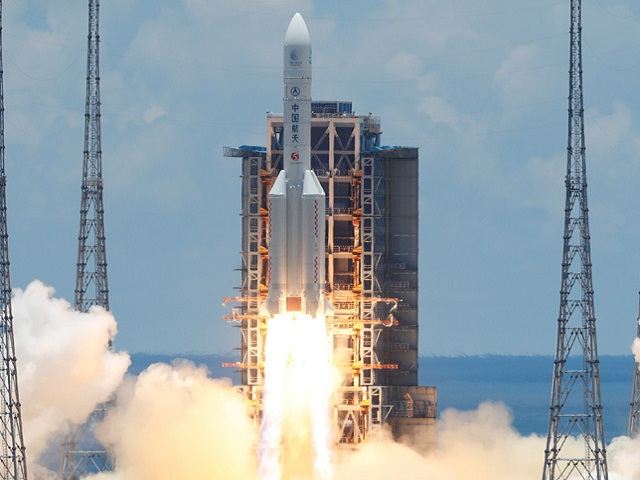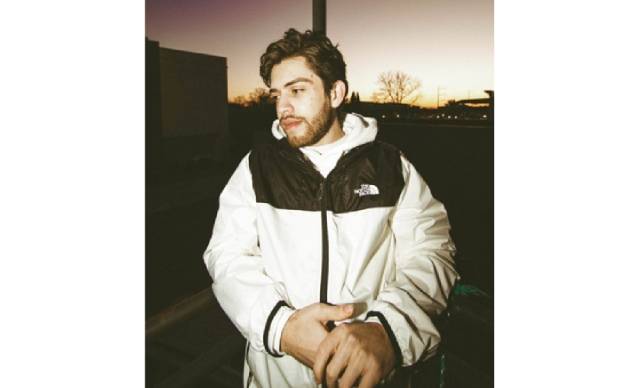There are currently eleven international astronauts and cosmonauts living and working together on the International Space Station. On Saturday, the seven members of the Expedition 70 crew were welcomed by the four private astronauts of Axiom Mission 3 (Ax-3) and two weeks of simultaneous operations began.
Beginning on Monday with a full schedule of science and media activities, the Ax-3 crew spent the weekend familiarizing themselves with space station systems and emergency protocols. Alongside Pilot Walter Villadei, Ax-3 Commander Michael López-Alegría investigated how neurodegenerative diseases like Alzheimer’s are affected by microgravity biochemistry in order to enhance both Earth and space health. In an effort to prevent and forecast cancer illnesses in order to safeguard Earthlings and crews serving in space, the two subsequently placed samples under a fluorescence microscope.
In order to sustain spacecraft life support systems and increase crop yields on Earth, mission specialist Alper Gezeravcı worked on a space botany experiment. Working with neutral gas, ionized gas, and micron-sized particles, mission specialist Marcus Wandt observed low temperature gaseous mixtures to study plasma physics. By the end of the day, the foursome had spoken with space experts in Vienna, Austria, over the phone about their mission.
On Monday, the crew of Expedition 70 assisted the Ax-3 crew and worked on various science and maintenance tasks. A cargo mission is coming up, and the inhabitants of orbit are getting ready for it.
NASA Flight Engineers Loral O’Hara and Jasmin Moghbeli collaborated on preparations for a Cygnus cargo mission that is scheduled to take off the following week on Monday afternoon. The mission profile, rendezvous protocol, and command and control interfaces of Cygnus were examined by the two. As Cygnus arrives at the orbital outpost, both astronauts will be on duty, giving orders to the robotic arm of the Canadarm2 spacecraft to capture it.
Using an eye chart similar to those found in doctor’s offices on Earth, astronaut Satoshi Furukawa of JAXA (Japan Aerospace Exploration Agency) tested the vision of Moghbeli, astronaut Andreas Mogensen, and cosmonaut Konstantin Borisov alternately. The rest of the day was spent by Furukawa maintaining a variety of science and life support equipment after organizing food inside the Permanent Multipurpose Module and Unity module.
Mogensen conducted a session for the VR Mental Care study, which examines how virtual reality movies may boost crew morale, after working in the Tranquility module to clean the ventilation system. By the end of the day, the Ax-3 crew members needed assistance adjusting to life in microgravity, so the Expedition 70 Commander helped them out.
The three astronauts concentrated on their assigned maintenance and scientific responsibilities during the Roscosmos segment of the station. Two experiments that Borisov installed hardware for were one that used a student-controlled camera to target ground landmarks and the other that used ultraviolet wavelengths to view the nighttime atmosphere. After spending his mornings updating software, veteran flight engineer Oleg Kononenko studied piloting techniques that future crew members might encounter on planetary missions. After packing up medical supplies and cleaning station cameras, Flight Engineer Nikolai Chub strapped sensors to his chest for a heart study.
Topics #Axiom Mission 3 (Ax-3) #Cygnus Cargo Mission #Expedition 70 Crew #International Space Station #Microgravity #space #VR Mental Care Study
